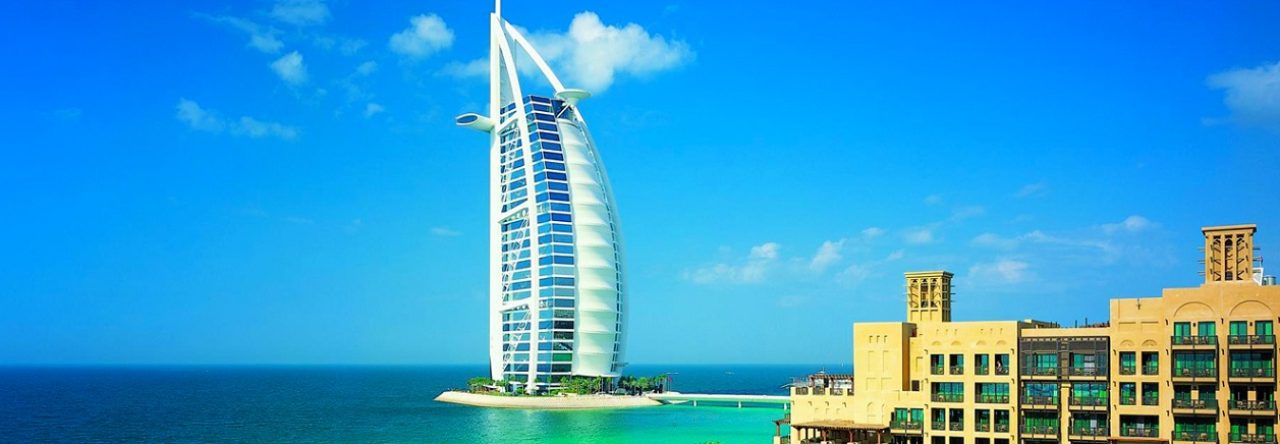Air fares are rising but traveler numbers keep increasing. At what point will people say enough is enough and wait for air fares to settle?
We all know air fares are going up. It’s a function of too many passengers and not enough seats. We all know how that happened, with the aviation industry underestimating the speed of the recovery and getting caught on the hop. It’s still possible to jag a bargain, particularly if you are flying short haul domestic and not fussed about which airline you fly. But if you are flying further afield and pickier about your carrier, then these days, you are likely to pay considerably more than you once did.
When will passengers say enough is enough regarding fare rises?
But how much is enough? At what price point will travelers put their credit card away and not fly. Airline analytics business OAG surveyed 1,442 passengers using their app in May and came up with some figures. Now, 1,442 people isn’t a huge sample size and if you’ve downloaded their app you are probably already a bit of an airline industry stalker and keen on a plane ride, but let’s take a look at the results with this in mind.
According to OAG, 79% of respondents said a US$50 fare increase wouldn’t make any difference to their travel plans. Increase the fare by $100 and 43% of travelers would go ahead with the trip. Increase the fare by $200 and the proportion of travelers still keen to fly drops to 17%. A $300 fare increase would reduce the number of respondents still willing to fly to just 9%.
Context is everything with air fare rises
Of course, context is everything. If I’m paying $150 to fly five hundred miles on a low-cost carrier, then a $50 fare rise might sting. It’s not a lot of money, but a 33% fare increase seems like an opportunistic sting. If I’m paying $10,000 to fly business class from Los Angeles to Bangkok the long way around, a $1,000 fare increase probably wouldn’t sway the purchase decision. It’s much more money than the low-cost-carrier sting, but as a proportion of the overall fare it is less so (only 10%) and more agreeable to my headspace that is already (apparently) ready to part with $10,000.
“Most travelers are eager to get to their destinations as quickly as possible. Few are willing to wait three to four hours during a layover, even if it means they can save $100-$200 on ticket prices,” says OAG. “More are willing to wait three to four hours to save $300 to $400 on ticket prices. The willingness to wait five hours plus during layovers drops no matter the ticket price.” What OAG didn’t say, and probably should, is what was the baseline ticket price quoted when surveying the respondents. Acceptance (or non-acceptance) of price rises and other travel pains is usually all about percentages of the fare rather than raw dollar values.
People are mostly happy to pay a premium to fly
The survey respondents lived in North America where OAG notes ticket prices jumped 18.6% in April alone (based on Bureau of Labor statistics).
Other than fare rises, what else gets up North American travelers noses and deters travel. 52% of respondents cited scheduling problems like delays and cancelations. 19% of respondents have issues with customer service in the airline industry and 14% mentioned the lack of flight options to where they wanted to go.
The airline industry in the North America and many other parts of the world is pretty messed up right now. Logically, most people would avoid non-essential air travel just to dodge the chaos. But perfectly sane humans are buying expensive flight tickets by the millions to undertake non-essential travel and get caught up in the mess. OAG reckons 300 million North Americans and 1.6 billion people worldwide plan to fly within the next three months. That’s a lot of gluttons for punishment – me included.
Source: Simple Flying

